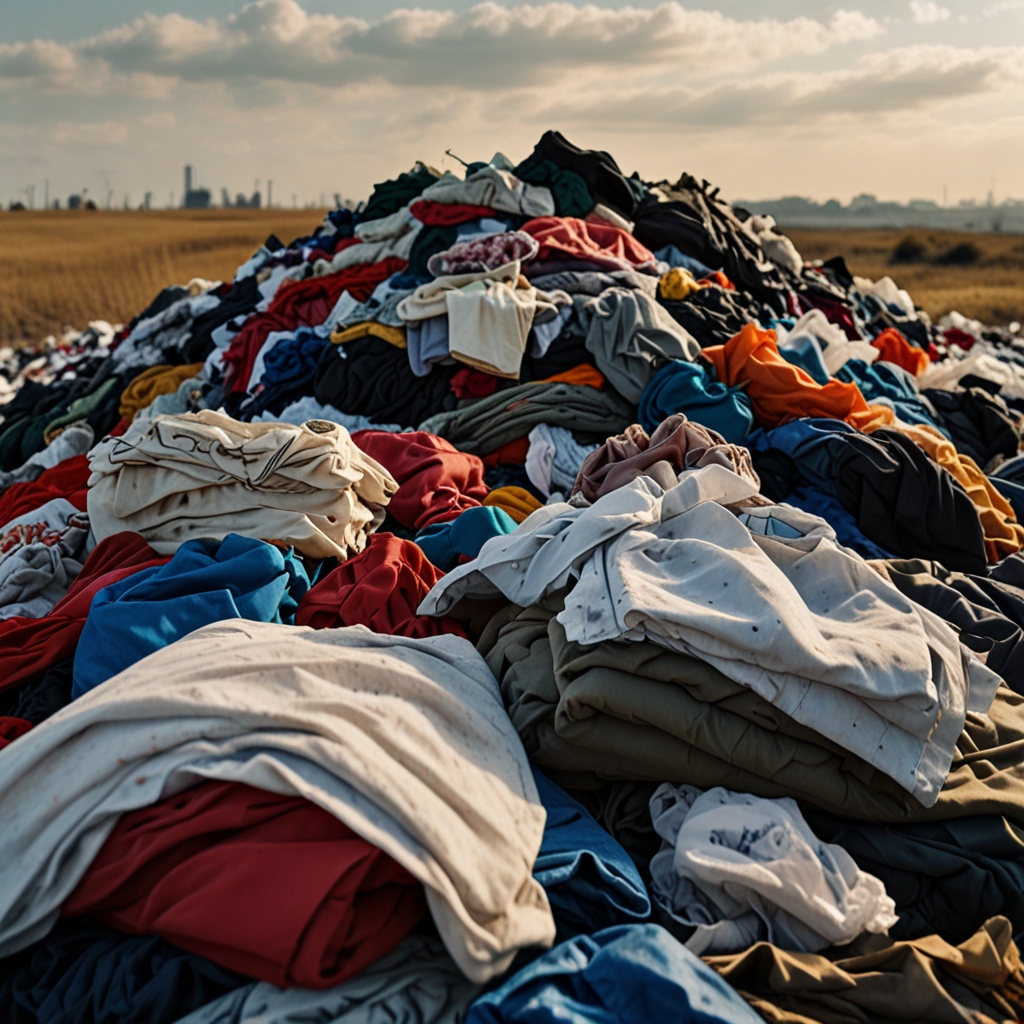In recent years, the term “slow fashion” has emerged as a powerful counter-narrative to the prevailing fast fashion industry, which has been criticized for its unsustainable practices and fleeting trends. Slow fashion is not just a trend but a movement toward greater mindfulness in the fashion industry, emphasizing quality, sustainability, and ethical practices.
What is Slow Fashion?
Slow fashion is a concept rooted in taking a more deliberate and considered approach to fashion, one that prioritizes a variety of factors including the materials used, the way garments are produced, and the longevity of the products. It involves designing, creating, and buying garments for quality and longevity. Slow fashion encourages slower production schedules, fair wages, lower carbon footprints, and (ideally) zero waste.
The Principles of Slow Fashion
Quality over Quantity: Slow fashion focuses on crafting clothing that lasts, reducing the need to replace items frequently. This principle not only saves consumers money over time but also reduces the waste associated with discarding worn-out clothes.
Transparency and Ethics: It emphasizes knowing where and how clothing is made, ensuring that workers are treated fairly and working conditions are safe. Ethical practices in slow fashion are not an afterthought but a fundamental aspect of the production process.
Sustainability: This involves using environmentally friendly materials and production methods. It often includes using organic fibers, avoiding harmful pesticides and chemicals, and reducing water and energy use.
Timelessness: Slow fashion favors classic designs over trendy items, promoting a more timeless wardrobe that transcends seasonal trends. This approach encourages consumers to make more thoughtful purchases.
Why is Slow Fashion Important?
Environmental Sustainability: The fast fashion industry is one of the major contributors to global pollution, water consumption, and waste. Slow fashion reduces this impact by focusing on sustainable practices that minimize waste and pollution.
Social Justice: Many of the world’s garment workers labor in poor conditions and receive meager wages. Slow fashion advocates for fair labor practices, ensuring that workers are paid fairly and work in safe conditions.
Economic Efficiency: Investing in quality clothing that lasts longer can reduce the long-term cost of wardrobes, as well as the economic impact of the fashion industry on society at large.
Personal Mindfulness: Slow fashion encourages consumers to consider what they wear and why. It fosters a deeper connection to clothing, turning mindless consumption into a more intentional and satisfying experience.
The Impact of Our Choices
As consumers, our choices have power. By choosing slow fashion, we contribute to a more sustainable and ethical world. It’s about more than just clothing; it’s about making a statement about the kind of world we want to live in. The shift to slow fashion isn’t just about changing how we dress; it’s about changing how we think about consumption itself.
